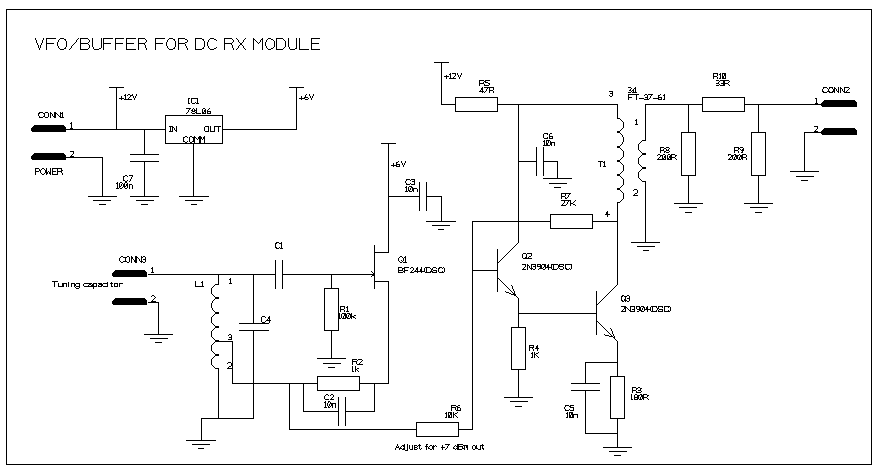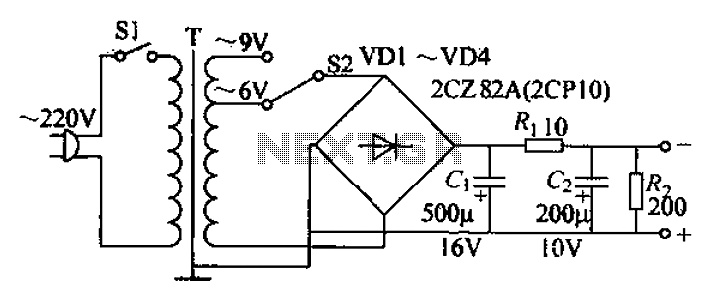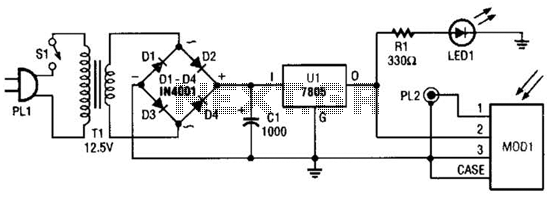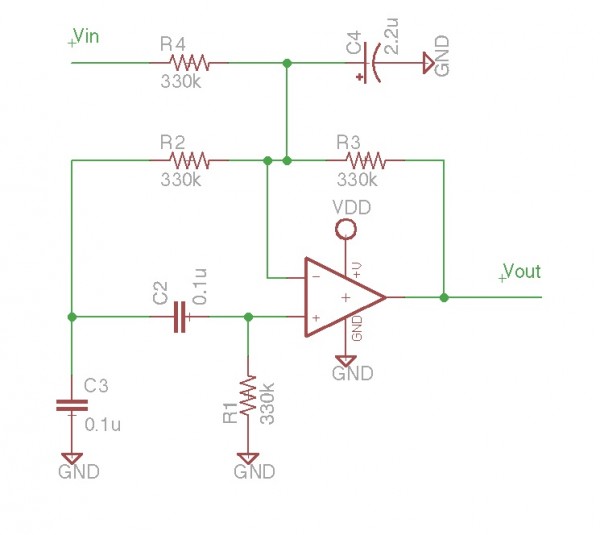
Homemade small telephone PBX circuit diagram
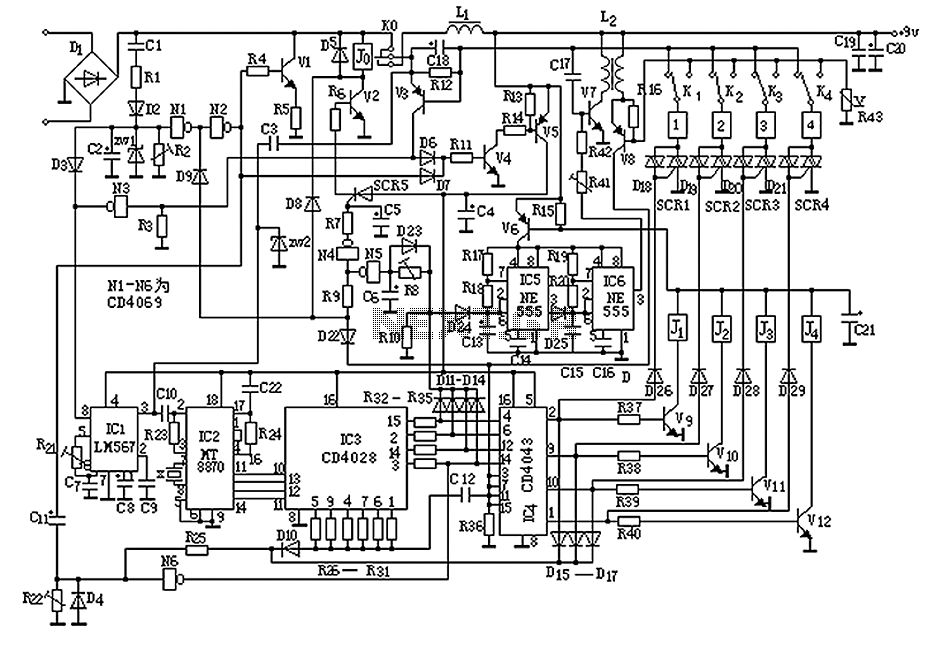
The circuit operates by sending ringing pulses through capacitor C1, resistor R1, and diode D2 to charge capacitor C2 to a voltage of 6V. This voltage causes transistors N1 and N2 to reverse, which activates V1, the analog hook, and initiates V4. The voltage at V5 powers integrated circuits IC1 to IC4. When an external extension number is dialed, the dialing signal is processed by IC2 and IC3, which decode the signal and trigger IC4. The corresponding extension output goes high, activating the associated relay and SCR. IC5 and IC6 then energize to send an analog tone signal back to the line, which prompts the telephone to ring. If the extension number is unknown or incorrectly dialed, after approximately 4 seconds, capacitor C11 charges fully, causing N1 to output low, which prohibits N5 from controlling IC4's reset level. N6 then outputs high, triggering IC4, which results in a high output at pin 1 and pulls J4, allowing the host telephone to ring. If the extension or host phone goes off-hook, V8 sends a reset level to IC4, resetting all relays and connecting the phone lines. Upon switching on, V3 conducts, causing N3 to flip and discharging C2, which turns off the analog circuitry and releases the charge on C11. The output goes high due to N1, allowing N5 to control the high level to reset IC4, ensuring that the host relay will not be triggered by N6. If an incorrect extension number is dialed, pressing any key from 0-3 will reset IC4 for redialing. For internal calls, when the primary extension goes off-hook, IC1 to IC4 power up. A long extension (host number 0) corresponds to the output terminal of IC3, charging C6. After a few seconds, determined by the time constant of R8 and C6, N5 toggles low, removing IC4's reset, energizing the corresponding extension relay, and activating SCR5, which pulls J0, applying 40V to the external analog hook and blocking outside calls. The K0 switch mode allows for intercom calls, causing the internal phone to ring. If the called party goes off-hook, IC4 resets, stopping the ringing. For three-way calling, any extension can be pressed to connect to a third party, as long as the third party is off-hook. When dialing an outside line, if no extensions are off-hook, the system remains in a wait state. After a timeout of approximately 45 to 60 seconds, determined by R2 and C2, the extension analog hook will automatically hang up if there is no response. If the external loopback hook is busy, IC1 detects this and outputs low to hang up the internal call. The circuit includes provisions for ensuring secrecy during calls, as D18 to D21 trigger at voltages greater than 15 volts, preventing other extensions from listening in.
Assembly and commissioning involve connecting an adjustable resistor to the telephone line and a 9V power supply, ensuring C2 charges correctly to achieve the desired timing of 45 to 60 seconds. Adjustments are made to R21 to synchronize the frequency of IC1 with the busy tone during commissioning. After verifying voltages at various points in the circuit, further adjustments are made to ensure proper operation of the ringing and reset mechanisms. The machine is designed for low power consumption during standby, primarily drawing current from N1 to N6, which allows for a long service life. Quality power supply batteries are recommended for convenience. The system allows for seamless transitions between internal and external calls, with provisions for redialing and restoring previous calls if there is no answer. Special attention is required for certain components, while the majority of elements are standard and can be miniaturized for installation. Circuit principle outside into the phone when ringing pulses through C1, R1, D2 to C2 charging voltage in 6V, this voltage causes N1, N2 reverse, V1 analog hook, and start V4, V5 is IC1-IC4 operating power. Then press outside the extension number, dialing signal by IC2, IC3 decoding, triggering IC4, the corresponding extension output is high, the corresponding relay and the corresponding SCR conduction, IC5, IC6 energized sends an analog tone signal back line (dial prompt end of the phone is turned on) and the extension ring tone voltage supply, such as into the outside do not know the extension number or extension number pressed, after about 4 seconds, C11 charging is completed, N1 output low, prohibition N5 control IC4 reset level, N6 output terminal goes high, triggering IC4 14 feet, 1 pin output high, J4 pull, automatic access to the host telephone ringing. To be followed by the extension or the host phone off hook, V8 turned sends a reset level to IC4, all relays are reset, the phone lines are connected.
After switching on, V3 conduction along, N3 flip, put C2 unloading on electricity shut off the analog circuitry and release charge on C11, the output is high due N1, N5 allow controlled high level N5 in the output so that IC4 reset state, so do not worry about the host relay will be triggered N6 conduction. When dialing an extension number, if there is wrong in addition to simply press the 0-3 number keys other than to make IC4 reset for re-dial the extension number.
When the primary extension to an internal call, go off-hook start IC1 ~ IC4 power. By a long extension (host number 0 ) corresponding to the output terminal of the IC3 charging C6, after about a few seconds too (according to R8C6 time constant can be set to adjust R8 button for 2 to 4 seconds) N5 output toggles low, the removal of IC4 is reset, the output of IC4 corresponding extension relay, SCR5 conduction, J0 then pull, so 40V external analog hook, ban outside into the phone. K0 Switch mode intercom calls, inside the called telephone rings, a call comes in notice, called off-hook, then IC4 is reset V8, ringing stops.
To here inside three-way calling, call any one as long as the machine is pressed extension to a third party (internal call number by a third party, D8 D22 turned off, no longer by number), to be a third party ringing off-hook can achieve the three links. When inside dial an outside line, and no normal extension to the telephone off-hook dialing. Since the R8, C6, the role of D23, transient dial (external number as there are primary extension 0,1,2,3) not to N5 output from high to low, IC4 in RESET, the corresponding relay does not energize, SCR5 also off, J0 is not turned on, do not worry about dial the extension when dialing.
After hanging up inside, V3 off, the circuit back to the wait state. When an outside call extension no answer timeout by R2C2 limit of about 45 to 60 seconds, automatically extension analog-hook to hang up; when this is not the absence of response to first hang outside the set time, the IC1 detects external loopback hook busy signal, IC1 8-pin output low will hang inside. Since D18 ~ D21 trigger voltage greater than 15 volts, when the extension call, other extensions will not be able to listen, play an effective role in secrecy.
Assembly and commissioning 1. Figures as adjustable resistor finally installed, connected to a telephone line and a 9V power supply, and the extension from the outside with a 10K resistor being extremely C2 charging, measure and adjust to make R2 C2 V1 after power-on-time 45 ~ 60 seconds. 2. C2 is charged again, adjust R21 so that a consistent frequency phase-locked loop circuit IC1 frequency and busy (at the time of commissioning must be outside busy tone, otherwise repeat), then IC1 4 feet voltage drop 0V.
3. After picking any telephone V3 and V5 collector should have nearly 9V voltage. Press another extension button, adjust R8 so that the key time of 2 to 4 seconds after the V2 base only 0.6V voltage, while the corresponding extension relays are energized, V6 should be turned on. 4. On a 2K series resistor R41 and adjust R41 so loud ringing moderate. Are there measuring extension ringing off hook after the collector has a pulsating voltage V8, otherwise change V8.
Debugging, wax seal adjustable element can be put into normal use. If not meet the specifications of the adjustable resistor, external resistor Debug, and then replaced with a fixed resistor. Use and maintenance of the machine is programmed when there is a call to start operating power requirements of most circuits.
Normally, in a standby state only N1 ~ N6 (CD4069) supply current of a few A, consumes very little power and long service life. Thus, better quality power supply batteries do very convenient and practical. When the inside and outside line calls to another extension if an outside call, you dial another internal telephone extension number, after two to be inside the main contact extension, hang up the intercom call to another extension as long as the hook can be pressed once and outside communication.
Another extension if there is no answer, the original internal telephone is also just flapping once the hook but also restore the previous call. Element except when special attention, the rest are conventional elements, miniaturized components available to install.
Assembly and commissioning involve connecting an adjustable resistor to the telephone line and a 9V power supply, ensuring C2 charges correctly to achieve the desired timing of 45 to 60 seconds. Adjustments are made to R21 to synchronize the frequency of IC1 with the busy tone during commissioning. After verifying voltages at various points in the circuit, further adjustments are made to ensure proper operation of the ringing and reset mechanisms. The machine is designed for low power consumption during standby, primarily drawing current from N1 to N6, which allows for a long service life. Quality power supply batteries are recommended for convenience. The system allows for seamless transitions between internal and external calls, with provisions for redialing and restoring previous calls if there is no answer. Special attention is required for certain components, while the majority of elements are standard and can be miniaturized for installation. Circuit principle outside into the phone when ringing pulses through C1, R1, D2 to C2 charging voltage in 6V, this voltage causes N1, N2 reverse, V1 analog hook, and start V4, V5 is IC1-IC4 operating power. Then press outside the extension number, dialing signal by IC2, IC3 decoding, triggering IC4, the corresponding extension output is high, the corresponding relay and the corresponding SCR conduction, IC5, IC6 energized sends an analog tone signal back line (dial prompt end of the phone is turned on) and the extension ring tone voltage supply, such as into the outside do not know the extension number or extension number pressed, after about 4 seconds, C11 charging is completed, N1 output low, prohibition N5 control IC4 reset level, N6 output terminal goes high, triggering IC4 14 feet, 1 pin output high, J4 pull, automatic access to the host telephone ringing. To be followed by the extension or the host phone off hook, V8 turned sends a reset level to IC4, all relays are reset, the phone lines are connected.
After switching on, V3 conduction along, N3 flip, put C2 unloading on electricity shut off the analog circuitry and release charge on C11, the output is high due N1, N5 allow controlled high level N5 in the output so that IC4 reset state, so do not worry about the host relay will be triggered N6 conduction. When dialing an extension number, if there is wrong in addition to simply press the 0-3 number keys other than to make IC4 reset for re-dial the extension number.
When the primary extension to an internal call, go off-hook start IC1 ~ IC4 power. By a long extension (host number 0 ) corresponding to the output terminal of the IC3 charging C6, after about a few seconds too (according to R8C6 time constant can be set to adjust R8 button for 2 to 4 seconds) N5 output toggles low, the removal of IC4 is reset, the output of IC4 corresponding extension relay, SCR5 conduction, J0 then pull, so 40V external analog hook, ban outside into the phone. K0 Switch mode intercom calls, inside the called telephone rings, a call comes in notice, called off-hook, then IC4 is reset V8, ringing stops.
To here inside three-way calling, call any one as long as the machine is pressed extension to a third party (internal call number by a third party, D8 D22 turned off, no longer by number), to be a third party ringing off-hook can achieve the three links. When inside dial an outside line, and no normal extension to the telephone off-hook dialing. Since the R8, C6, the role of D23, transient dial (external number as there are primary extension 0,1,2,3) not to N5 output from high to low, IC4 in RESET, the corresponding relay does not energize, SCR5 also off, J0 is not turned on, do not worry about dial the extension when dialing.
After hanging up inside, V3 off, the circuit back to the wait state. When an outside call extension no answer timeout by R2C2 limit of about 45 to 60 seconds, automatically extension analog-hook to hang up; when this is not the absence of response to first hang outside the set time, the IC1 detects external loopback hook busy signal, IC1 8-pin output low will hang inside. Since D18 ~ D21 trigger voltage greater than 15 volts, when the extension call, other extensions will not be able to listen, play an effective role in secrecy.
Assembly and commissioning 1. Figures as adjustable resistor finally installed, connected to a telephone line and a 9V power supply, and the extension from the outside with a 10K resistor being extremely C2 charging, measure and adjust to make R2 C2 V1 after power-on-time 45 ~ 60 seconds. 2. C2 is charged again, adjust R21 so that a consistent frequency phase-locked loop circuit IC1 frequency and busy (at the time of commissioning must be outside busy tone, otherwise repeat), then IC1 4 feet voltage drop 0V.
3. After picking any telephone V3 and V5 collector should have nearly 9V voltage. Press another extension button, adjust R8 so that the key time of 2 to 4 seconds after the V2 base only 0.6V voltage, while the corresponding extension relays are energized, V6 should be turned on. 4. On a 2K series resistor R41 and adjust R41 so loud ringing moderate. Are there measuring extension ringing off hook after the collector has a pulsating voltage V8, otherwise change V8.
Debugging, wax seal adjustable element can be put into normal use. If not meet the specifications of the adjustable resistor, external resistor Debug, and then replaced with a fixed resistor. Use and maintenance of the machine is programmed when there is a call to start operating power requirements of most circuits.
Normally, in a standby state only N1 ~ N6 (CD4069) supply current of a few A, consumes very little power and long service life. Thus, better quality power supply batteries do very convenient and practical. When the inside and outside line calls to another extension if an outside call, you dial another internal telephone extension number, after two to be inside the main contact extension, hang up the intercom call to another extension as long as the hook can be pressed once and outside communication.
Another extension if there is no answer, the original internal telephone is also just flapping once the hook but also restore the previous call. Element except when special attention, the rest are conventional elements, miniaturized components available to install.
Warning: include(partials/cookie-banner.php): Failed to open stream: Permission denied in /var/www/html/nextgr/view-circuit.php on line 713
Warning: include(): Failed opening 'partials/cookie-banner.php' for inclusion (include_path='.:/usr/share/php') in /var/www/html/nextgr/view-circuit.php on line 713
